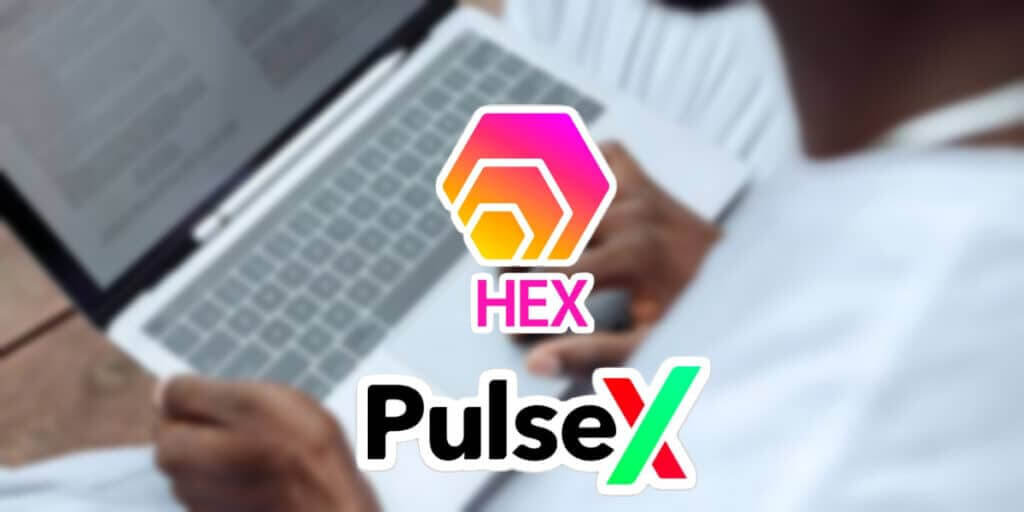
What is PulseX, and Why Did People Give It a Billion Dollars?
Key takeaways:
- Pulse Chain and its token, PulseX, attracted substantial attention in the crypto community, with billions invested in the recent PulseX sacrifice.
- Despite lingering concerns from Hex’s past, there is no current evidence to suggest fraudulent activity associated with PulseX.
- Operating similarly to Uniswap on Ethereum, PulseX imposes a 0.25% transaction fee, part of which is used to buy and burn PLSX tokens, potentially boosting their value.
- The imminent launch of Pulse Chain aims to offer Hex users cheaper transactions, providing an alternative to the high fees charged by Ethereum validators.
Have you heard about Pulse Chain and the Pulsex token? On January 10, the PulseX sacrifice concluded with billions in investments, marking one of the largest funding rounds in crypto history. This follows a half-billion dollar sacrifice to Pulse Chain four months prior.
Pulse Chain is an Ethereum fork, and PulseX is its main DEX. In this article, we’ll delve into what PulseX is, who created it, and why it’s causing a stir in the crypto world. Let’s dive in.
PulseX – what’s the idea?
The cost of GAS on Ethereum has surged due to the growing user base of Ethereum-based apps, resulting in transaction fees skyrocketing to hundreds of dollars for basic operations. Although fees might decrease with the transition of all Dapps to Ethereum 2.0, there’s no assurance of this outcome.
In addition, the Ethereum “Berlin” fork guarantees an increase in transaction costs on the Hex blockchain as Vitalik has decided to increase the GAS fees necessary to perform the most basic arithmetic operations on the EVM (Ethereum VirtualMachine).
The founder of Hex, Richard Heart, has therefore decided to make a fork of Ethereum specially dedicated to Hex. This new fork is, therefore, already being prepared.
The name of this new blockchain is PulseChain. And PulseX is Pulse Chain native DeFi exchange application, allowing users to exchange tokens with each other on PulseChain.
Who is Richard Heart, creator of HAX and Pulsex

Richard is the founder of HEX. He made a lot of money in cryptocurrencies, especially Bitcoin, which he has owned since the beginning of the project.
Richard mined Bitcoins in the early days when the verification algorithm was less energy-intensive, earning 50 Bitcoins as rewards. Leveraging a network marketing business, he became a multi-billionaire and reinvested a significant portion into Bitcoin.
He refrained from selling or shorting Bitcoin, highlighting the risks of shorting and the potential for long-term gains. Despite his wealth growing with Bitcoin’s rise, he now harbors concerns about its future.
Furthermore, initial PulseChain investors have the option to sacrifice their BTC to obtain Pulse tokens.
Pulsex tokenomics
- PulseX price rose by 12.36% over the past 7 days and by 0.11% in the last 24 hours, reaching $311.97 per PLSX.
- With $1, you can trade for 0.0032 PLSX, and with $50, you can get 0.1603 PLSX, excluding fees.
- PulseMarkets’ price stands at $0.0205, with a 24-hour trading volume of $3.04.
- The contract address for PulseX is 0x3434d708EE9802125A24277326eEEea824A53E11, with 18 decimals, and a max total supply of 5,000,000 PLSX.
Ethereum fork aims to reduce GAS costs for Hex smart-contract users.

Richard Heart recommended investing in HEX before the Pulsechain fork. He proposed an airdrop where investments made in HEX V1 would be duplicated in V2.
- V2’s consensus code remains locked, ensuring it operates like V1 but with lower GAS costs.
- The Ethereum-based Hex blockchain persists post-fork due to its immutable smart contract.
- Liquid tokens are duplicated on PulseChain, enabling a 1:1 airdrop through token purchases and swaps before the snapshot.
- PulseChain incorporates a proof of stake system with 81 Validator Nodes, requiring HEX tokens for validator candidacy.
What is a cryptocurrency fork, and how does it work?
In its broadest sense, a Fork is a change in the blockchain protocol that software uses to validate the transaction.
It means that almost any divergence in the blockchain can be considered a Fork. However, there are two main varieties: hard bifurcations and soft bifurcations.
Why did PulseX (PLSX) make such a noise in the crypto world?

The Pulsechain PulseX crypto made a lot of noise at the end of 2021. Why? The network launched a “sacrifice,” a kind of ICO. Concretely, the token was available at a reduced price for a few days.
PLSX serves as Pulse X’s native token for its decentralized exchange (DEX), similar to Uniswap on Ethereum. Users trading on PulseX pay a 0.25% fee, with portions allocated to reward Liquidity Pool participants, the PulseX Treasury, and PLSX token buyback and burn.
Increased DEX activity leads to higher PLSX prices, indicating the rising popularity of decentralized exchanges.
PulseX token – how does it work

In 2021, PulseChain was launched. People could give up their ERC-20 tokens and get Pulse tokens when the chain starts.
Richard Heart made PulseChain to help Hex users save money on fees. PulseChain offers cheaper transactions on the Hex blockchain. This avoids the high fees paid to Ethereum validators.
Bottom line
PulseChain’s launch is imminent to provide Hex users with cheaper transactions, despite recent Ethereum fee cuts. While concerns linger about PulseX due to Hex’s past, there’s no evidence suggesting PulseX is fraudulent.




